The year 2025 confirms a profound transformation in the way we understand furniture. Pieces are no longer just decorative or utilitarian objects, but infrastructures of well-being that integrate into daily life and respond to new dynamics of use: teleworking, hybrid spaces, family coexistence, and efficiency in increasingly flexible homes.
For architects and interior designers, knowing current trends is not a matter of fashion, but a strategic tool for designing spaces that endure over time, both in aesthetics and functionality.
Colors that define 2025
The color palettes of this year are oriented towards deep, immersive, and enveloping tones.
The goal is to find colors that convey calm, serenity, and at the same time personality. Dark blue-violet, present in many collections, becomes a key protagonist because it brings mystery and sophistication without being strident. Alongside it appear aquatic greens, soft corals, and translucent pinks that work as accents in upholstery, cushions, or decorative details.
What is interesting is that it is no longer about using a single dominant color, but about building chromatic atmospheres where mineral neutrals serve as the base and vibrant tones are layered in a very controlled way. A living room in warm gray can be revitalized with a deep blue sofa and coral cushions, while a home office comes to life with a wall in aqua green tones combined with light woods.
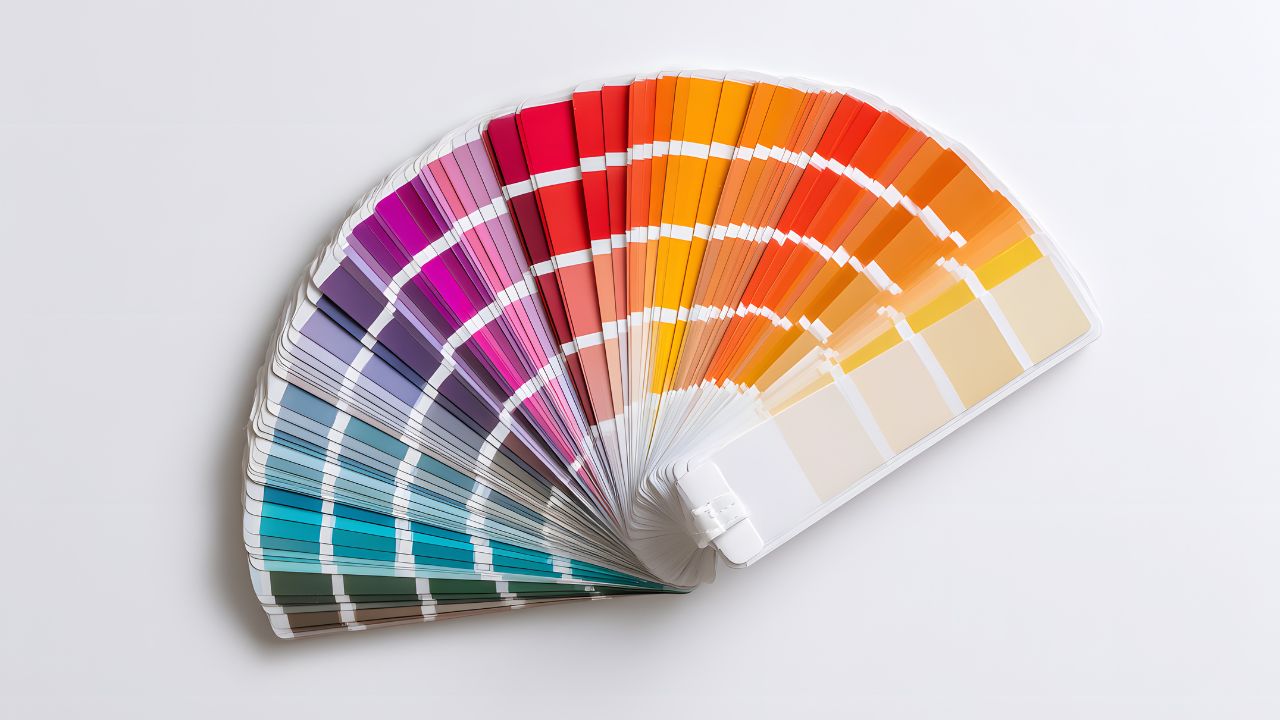
Honest and sustainable materials
2025 is also marked by a search for authenticity in materials. Solid wood with certified origin, natural stones with visible veins, and brushed metals are established as key players. It’s not just about aesthetics, but about conveying to the user that each piece has intrinsic value and that its durability is guaranteed.
Large-format porcelain surfaces dominate tables and countertops, not only for their resistance but also for the variety of finishes that allow imitation of marble, granite, or even oxidized metals. Meanwhile, textiles focus on recycled fibers and artisanal techniques. Bouclé, which in previous seasons had been an almost exclusive trend, evolves towards finer and more discreet versions, combined with washed linen or soft chenilles to create tactile but more balanced environments.
Forms: the return to the monolithic
In formal terms, 2025 furniture is characterized by robust and serene volumes. Deep sofas with low backs and wide arms convey a sense of refuge and comfort. Tables acquire organic but controlled shapes: ovals, soft roundings, and pedestal bases that facilitate use and eliminate rigid angles.
Unlike the excessive curvature of previous years, the goal now is balance: sculptural pieces, yes, but with a clear functional intention. An armchair with an enveloping backrest not only brings aesthetic character but also responds to the need for privacy in open spaces. Design ceases to be a mere visual gesture and becomes a solution to concrete needs of contemporary life.
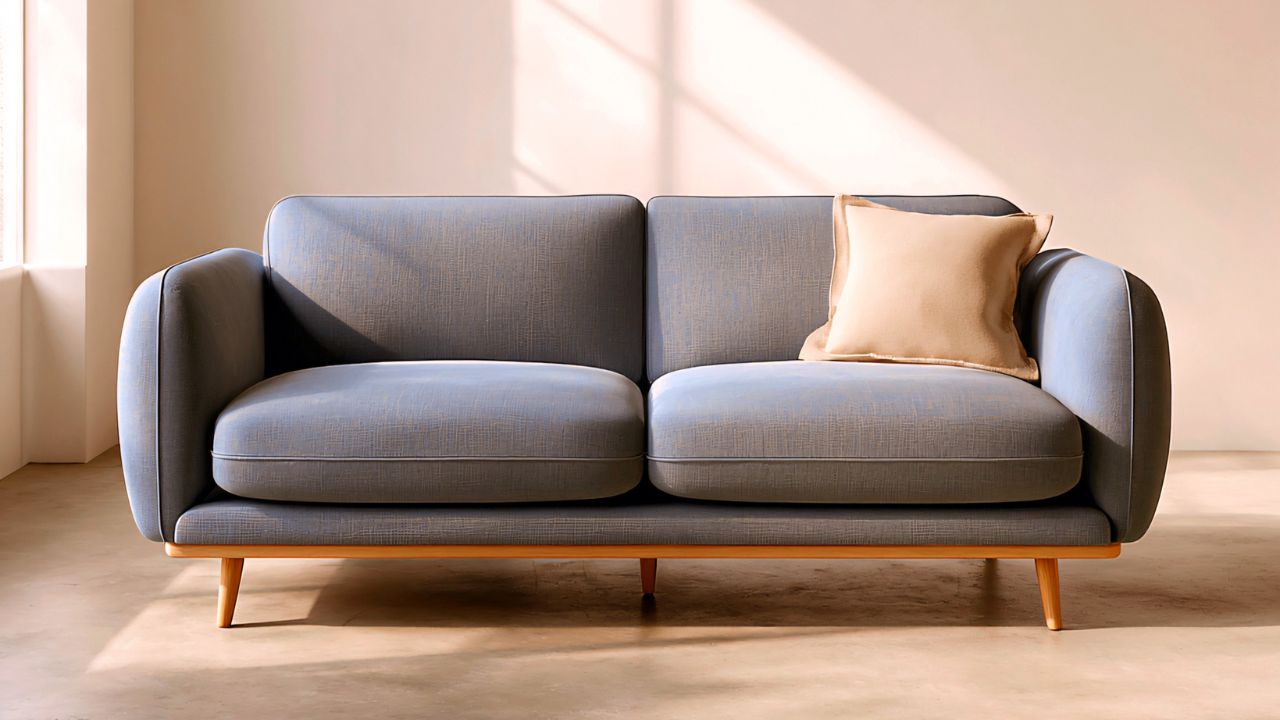
Modular furniture for a flexible life
Modularity is no longer an occasional resource but becomes an essential design criterion. Sofas that transform depending on the number of users, extendable tables that function as both desk and dining table, shelving systems that adapt to different configurations through interchangeable panels and doors.
This trend directly responds to hybrid living. Homes are simultaneously spaces for work, leisure, rest, and socialization. Furniture must be able to reconfigure within minutes, without technical complications and without losing aesthetics. Modularity is no longer associated with low-cost products but is also part of high-end furniture, with premium finishes and sophisticated designs.
Lighting as a key piece
Lighting in 2025 ceases to be a complement and becomes part of the furniture itself. Pendant lamps with opal glass shades, integrated LED profiles in shelving, and sculptural luminaires in painted metal define the character of a space.
What is relevant is not only the aesthetics but also functionality: warm color temperature and adjustable intensity allow the same environment to switch from a work space to a social one in seconds. The trend is clear: light becomes an emotional and technical resource, essential for defining atmosphere.
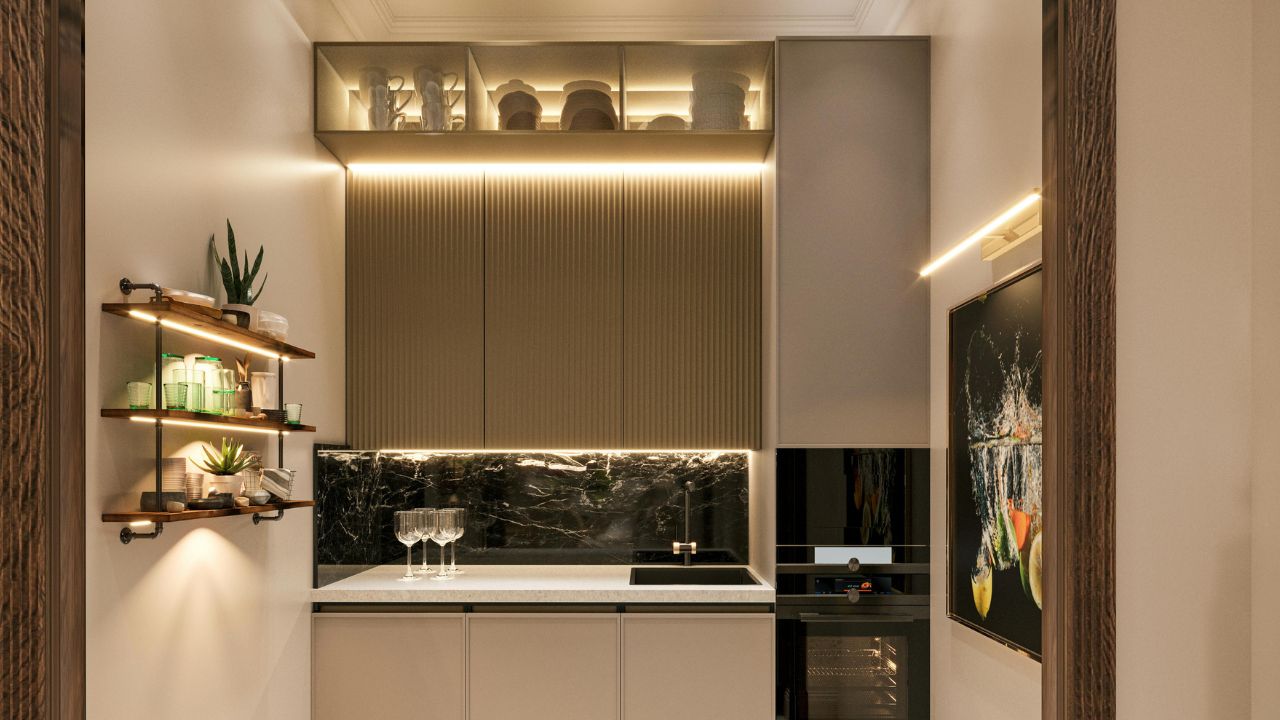
Interior-exterior continuity
Another increasingly widespread phenomenon is the dissolution of the boundary between interior and exterior. Outdoor furniture is designed with such aesthetic and functional quality that many pieces integrate perfectly inside the home. Lacquered aluminum, thermo-modified woods, and high-performance textiles allow the same pieces to be used on a terrace, porch, or living room.
This opens up a range of possibilities for interior design projects: a space can be conceived as an extension of another, creating continuous aesthetics that enhance a sense of spaciousness. A dining table with a porcelain top can stay indoors during winter and move outdoors in summer, without the material suffering and without losing design coherence.
Designer and artistic pieces
Beyond mass-produced furniture, demand is growing for limited edition or designer pieces. Benches made of iron and stone signed by emerging designers, shelves handmade by local artisans, or lamps created in small series that bring a unique touch to the project.
These pieces become visual anchors that define a space’s personality. It is not necessary for all the furniture to be exclusive; including one or two designer pieces in an environment is enough to elevate the ensemble and give it identity.
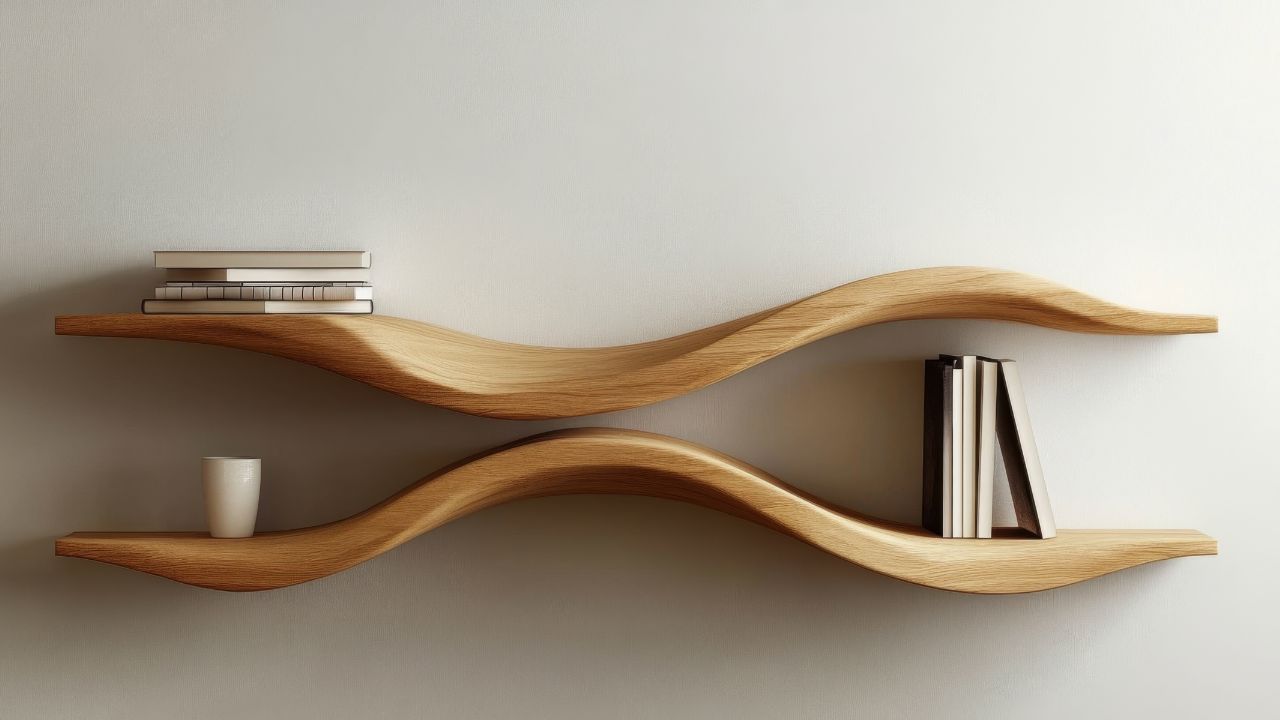
Sustainability as a trend
The sustainable discourse is no longer an added value but a requirement. Users demand guarantees: certifications, technical sheets, and recycled materials with traceability.
In addition, design for disassembly and repair gains importance. A sofa with washable covers, a sideboard with replaceable standard fittings, or a table with screwed components that can be changed extend the furniture’s lifespan and reduce environmental impact.
For interior design professionals, this point is key. It is necessary to select suppliers who not only talk about sustainability but support it with verifiable documentation.
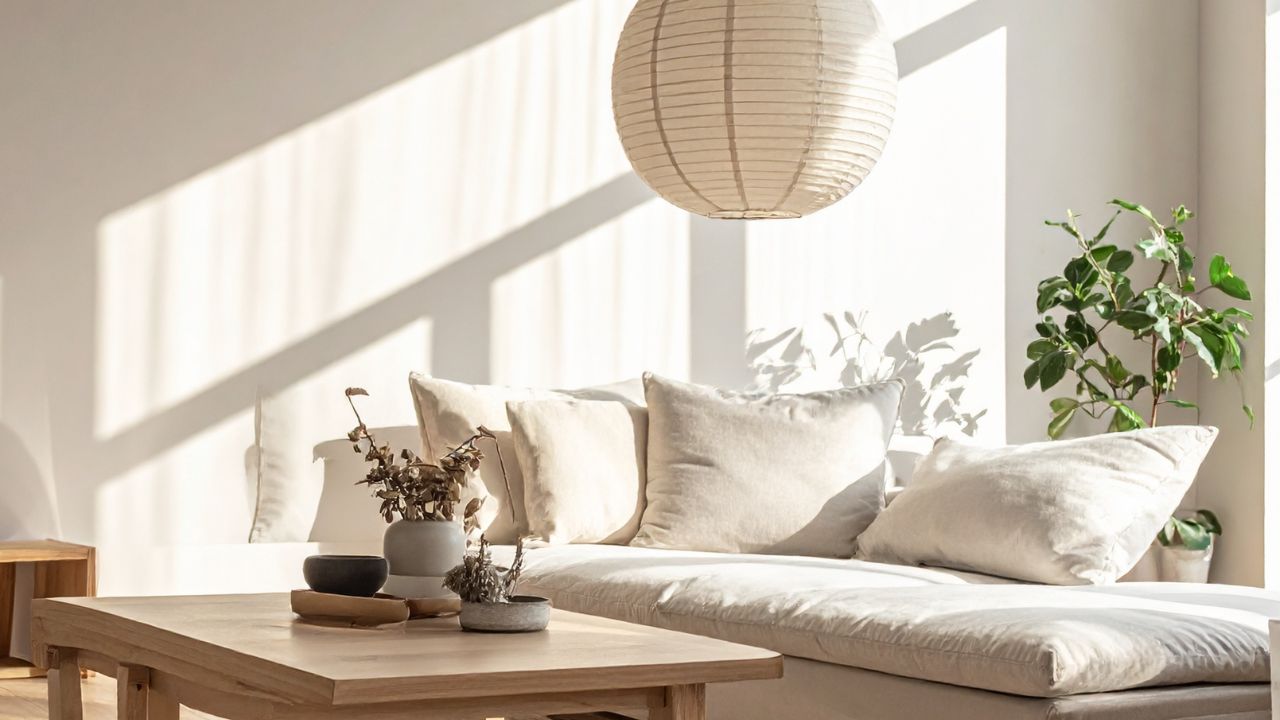
Our professional opinion
At Teowin Software, we understand that furniture in 2025 is defined by three pillars: authenticity in materials, flexibility in typologies, and depth in chromatic atmosphere. Design is no longer a simple aesthetic gesture but a response to the social, work, and emotional dynamics of modern life.
The architect or interior designer who understands these keys will have the ability to create lasting, coherent projects adapted to contemporary expectations. Ultimately, it’s about designing furniture that not only occupies space but transforms it into an experience of comfort, identity, and functionality.
